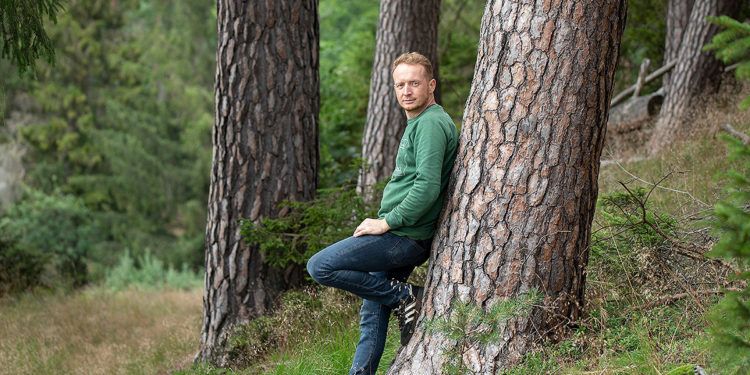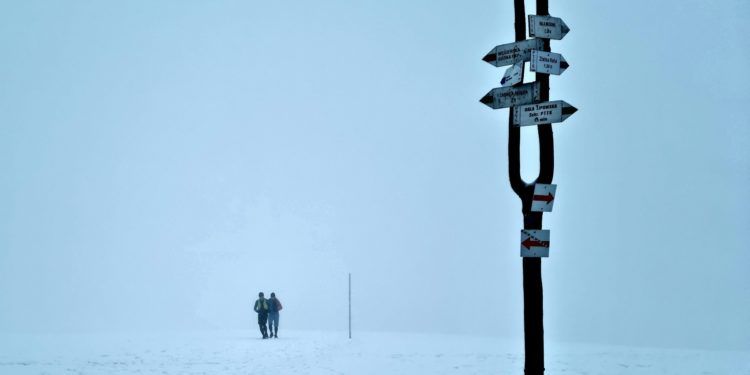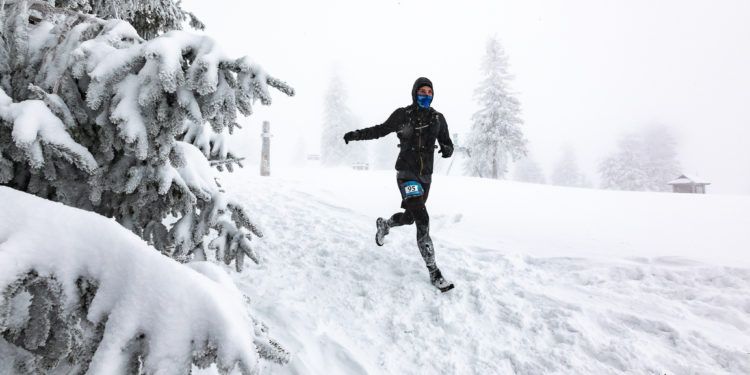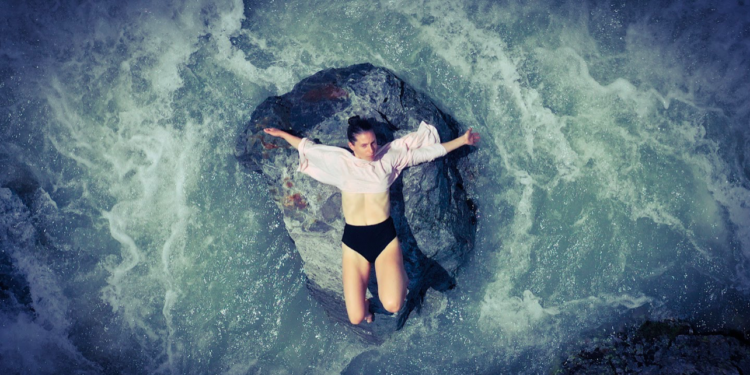I miss the green – interview with Piotr Horzela
Winter in the city is rarely charming, so it is best enjoyed outdoors, such as in the woods. And the winter forest, contrary to appearances, has a lot of secrets… About whether the forest sleeps in winter and whether it is possible to learn, as well as about the ability to observe animals, taming the terrain and other forest matters tells Piotr Horzela – forester and traveler.
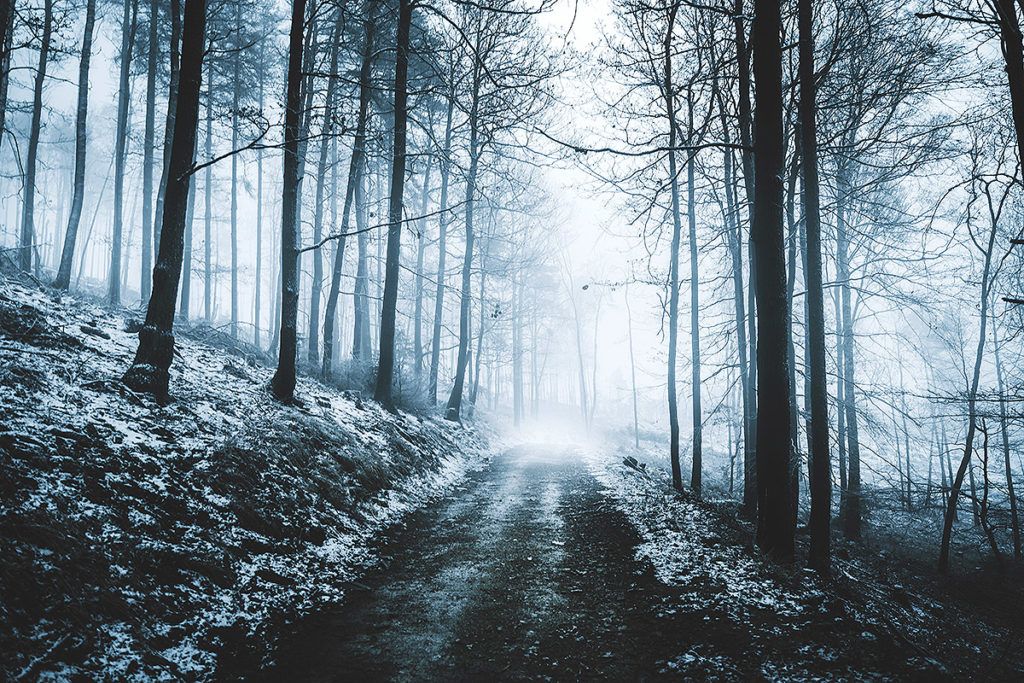
„I miss the greenery” – interview with Piotr Horzela (fot. Pawel Magnus / We Roam Poland)
Eliza Kujan: You wandered around the world a bit, visited different countries and continents, you even spent some time in the Polish Antarctic Station. How a man of the forest for a year and a half endured in a place where there are no trees?
Piotr Horzela: Well, that’s it (laughs). I admit that I really missed all kinds of greenery. I well remember that when we sailed out of Antarctica aboard the yacht “Katharsis 2” and arrived in South America, at Isla Navarino, the crew had a good laugh seeing how euphoric I got at the sight of the first tree. They ended up getting busy replenishing their supplies, while I sat on the grass and admired the daisies. And then I went for a walk among the trees, the local equivalents of our beech trees – beech trees.
Incredibly I missed this green world. Because it was this green world that allowed me to survive my stay in Antarctica. I managed thanks to the forest, or rather, thanks to the fact that I grew up in a forester’s lodge. When I was a child to the nearest grocery store was 12 kilometers, my peers also lived quite far away, so I had only the forest. This Antarctic station was difficult for me mainly because of the small number of people. On the other hand, the lack of trees was compensated for by the nature there – incredibly interesting and completely different from ours. I was very enthused by it.
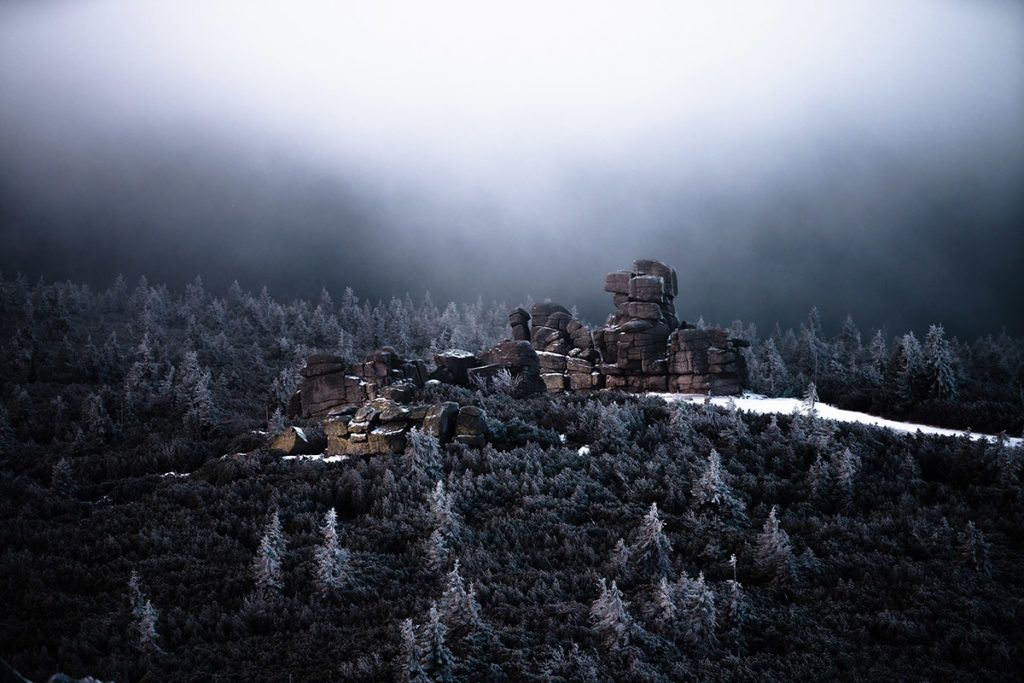
Karkonosze (fot. Cezary Loj)
And how did you get used to the winter there?
Our polar station in the south is about the same distance from the pole as Oslo or Trondheim in the north. Contrary to appearances, if you looked at the mercury bar, it was not as cold there as the presence of glaciers, or even the very term “polar station” would indicate. In fact, the main problem in this part of Antarctica is the wind.
The lowest temperature I encountered there was minus 18°C, but when it blew – and the wind often reached 160 km/h in gusts, and sometimes 200 and more – and there was very high humidity, the perceptible temperature was much lower. In addition, when you walked along the shore of the bay, you would get salt water in your face. At such moments it was exactly as it should be when we imagine polar places, which is very, very cold.
Do you believe that such projects as Forest in Us, which you co-authored, or the educational videos you present on Youtube, will really help people bring nature into their lives, teach them to look at the world differently?
I believe that the more familiar we become with nature, the less indifferent it becomes to us. In this case, however, what I think about it is one thing – what is important is what I read in the comments of people who watch my recordings in support of this thesis. These people often jokingly write (or at least I hope jokingly) that because of me they can no longer walk “normally” in the forest. They used to walk just to rest, and now something constantly draws their attention – here a flower comes out, there a tree grows, which they can suddenly name, and somewhere else there are tracks of some animal.
And so people who previously did not notice anything around them, not only do they see, but they also begin to read things, search for interesting facts, follow what others write about nature, reach for nature books. This shows that even short Youtube videos can awaken our desire to learn about the nature around us. I make no secret of the fact that such reception gives me energy to create more materials.
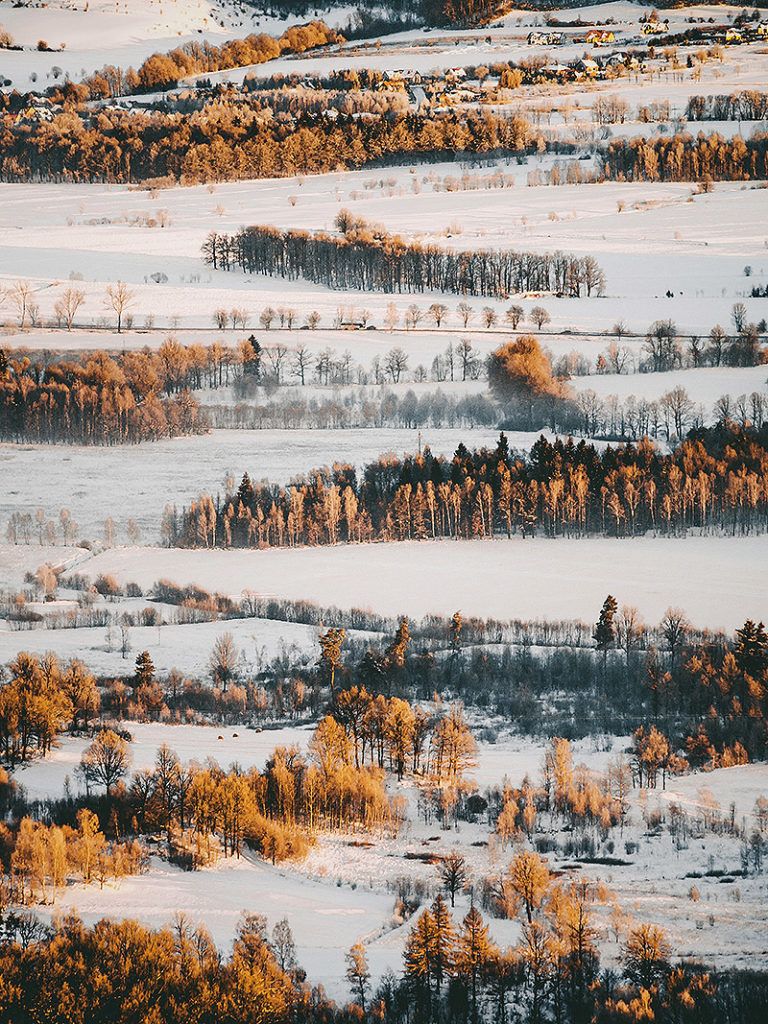
Photo. Pawel Magnus / We Roam Poland
So let’s go back to our winters. Tell us, please, what it looks like in the different types of forests and which of these you would recommend for the winter period?
Let me narrow your question to the basic types of forests, namely deciduous and coniferous forests. The variability of the seasons is much more apparent in the former. If we like herbs, flowers, different species of trees, in a word, lush vegetation, then deciduous forests will be much more interesting for us. I recommend visiting them in early spring, before the leaves appear. Then you can admire a veritable carpets of plants. My favorite part of the forest in this regard, for example, is the Knyszynska Forest near Suprasl or Czarna Białostocka – a fantastic place! In the summer in deciduous forests, when the leaves of trees and shrubs are fully developed, it gets darker, which means there is much less herbaceous vegetation.
Animal peeping in such a forest is also much more difficult. Not much can be seen then, everything rustles, crackles, there are a lot of sticks, leaves, animals run away before we can see them. The vegetation of mid-forest meadows is often so high and lush that, yes, we will see elk or deer, but deer rather not. So if we go to a deciduous forest for observation, it is much easier to do it in late autumn or winter, when there are no leaves on the trees, and those that have fallen are wet and soft. Although, of course, the accumulation of twigs will still cause noise – more than in a coniferous forest. It is worth remembering, of course, that in winter the day is much shorter and we have less time for field observations.
In coniferous forest, the vegetation is generally sparser, which provides much better visibility. There is not such a wall of green as in a deciduous forest, but thanks to this we very often manage to observe animals before we scare them away. We often see them even at a distance of 100 meters or more, depending on how old the forest is.
Regardless of the type of forest, the advantage of observing animals in winter is the high visibility of tracks in the snow. Unfortunately, snow in the lowlands is an increasingly rare phenomenon.
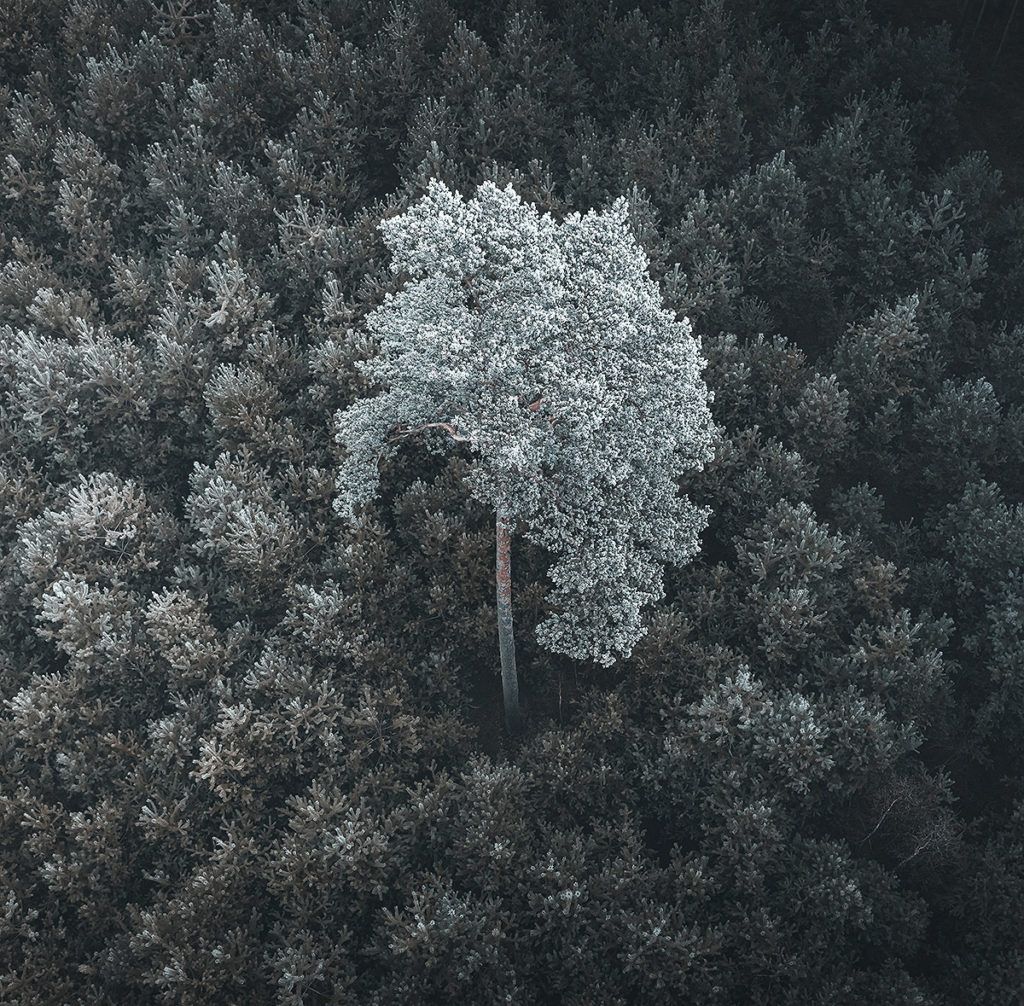
Photo. Paweł Olszówka / We Roam Poland
For the average person, at first glance, the winter forest is asleep – almost no birds can be heard in it, there are no insects. We came and … what is happening around us?
Let’s start with the trees. Deciduous trees remain dormant, while photosynthesis continues to slowly occur in the leaves of coniferous trees, if there is no slamming frosts. Herbaceous plants are unlikely to be observed, instead, variously colored mosses and lichens are much more visible. On the other hand, most of the animals do not fall into winter sleep and as long as it is light you can observe them.
In my experience, however, this is more difficult than in summer. First of all, we have less time to do it due to the short day. Secondly, mid-forest meadows are not as attractive to animals as in spring or summer. At this time of year, the deer’s diet is dominated by young saplings, which are lovingly stripped of their bark, i.e. blazed. On the other hand, in the case of bison, observation becomes simpler, because in winter the bison gather in groups and spend a lot of time in the open, often in places where they are fed.
By far the best time to observe animals in the mid-forest meadows is the beginning of spring, when the first plants begin to appear. Deer, which haven’t seen juicy greenery for a long time and are hungry after winter, also make an appearance there. Early spring is also a period when practically no hunting takes place, so we will not meet hunters, nor will we meet mushroom pickers. In addition, we have more and more daylight.
How to look at the forest to notice the presence of animals?
Winter animal watching is a very cool thing, especially when fresh snow falls, because you can read a lot from the snow. It is in winter that it is much easier to observe a multitude of tracks and other traces of animal habitation, including such things as stripped bark, lined or dug snow, droppings, traces of blood are also more conspicuous.
Admittedly, a certain difficulty, as I mentioned earlier, is that the “light period” we have is extremely short, but believe me, reading the ground really is exciting. For example, if someone lives where there are wolves, the snow will tell him which way they passed by. I sometimes happened to make a whole loop behind such a wolf family. A snowy winter makes learning the forest very easy.
You could tell a little more about it?
Learning the forest involves spending a lot of time in the forest and visiting the same places repeatedly. In this way, any piece of forest can be learned. You can start anytime. When I want to get to know a new area, I always start with reconnaissance. I go around the edges of meadows, learn the paths leading to them – several, not one. Thanks to this, I know which places to avoid, so that, for example, I don’t get into some swamp, a dense youngster or an accumulation of dry branches and scare the animals coming out into the evening meadow. Knowing the terrain is very important, because it allows you to react appropriately in various unexpected situations, for example, when we inadvertently frighten the animals or some mushroom picker or tourist does it.
The second important thing is appropriate behavior in the field. If you want to look at the animals, you need to approach them upwind, which people very often forget about. When we walk downwind, animals will quickly sense our scent and run away. We also don’t make any sudden movements and move very slowly, especially when we are close. Another thing is to have at least a basic knowledge of the species we may encounter in the area we are interested in, so that, for example, we don’t look for an elk where there certainly isn’t one, or don’t get too close to the animals.
The point is, on the one hand, not to frighten the animal, let it feed peacefully, on the other hand, not to bring danger to ourselves during too close an encounter with a moose or a wild boar surprised by our presence. It is also good to know the habits of the different species and know that in different parts of the country they may differ a bit.
It is important to return from the place of observation. People, coming down from the meadows in the evening or returning from the forests, turn on flashlights, start talking loudly. Meanwhile, in this way we frighten the animals. I, for example, very often return from the meadows in the dark. The rule is: we go into the forest in silence and return from it in silence. I once recorded a short video on how to prepare for approaching animals – how to behave, how to dress, from which side to approach them and how to check the wind direction. Basics. Besides, in animal watching it can be very helpful to talk to local residents who spend a lot of time in the area and see many things. You can ask them where they see animals, but also about other forest curiosities.
Personally, I often use their help. This is such a direct shortcut to learning about the area, inventing interesting parts of the forest or places where animals show themselves. For example, wolves usually do a march where they circle their territory. And if we hear that a wolf has been seen twice in a certain area, we go there, look at the sand or snow, arm ourselves with patience and wait. Then we have a much better chance of meeting such an animal.These are small things, but the idea is always to spend as much time as possible in the forest and keep your eyes wide open.
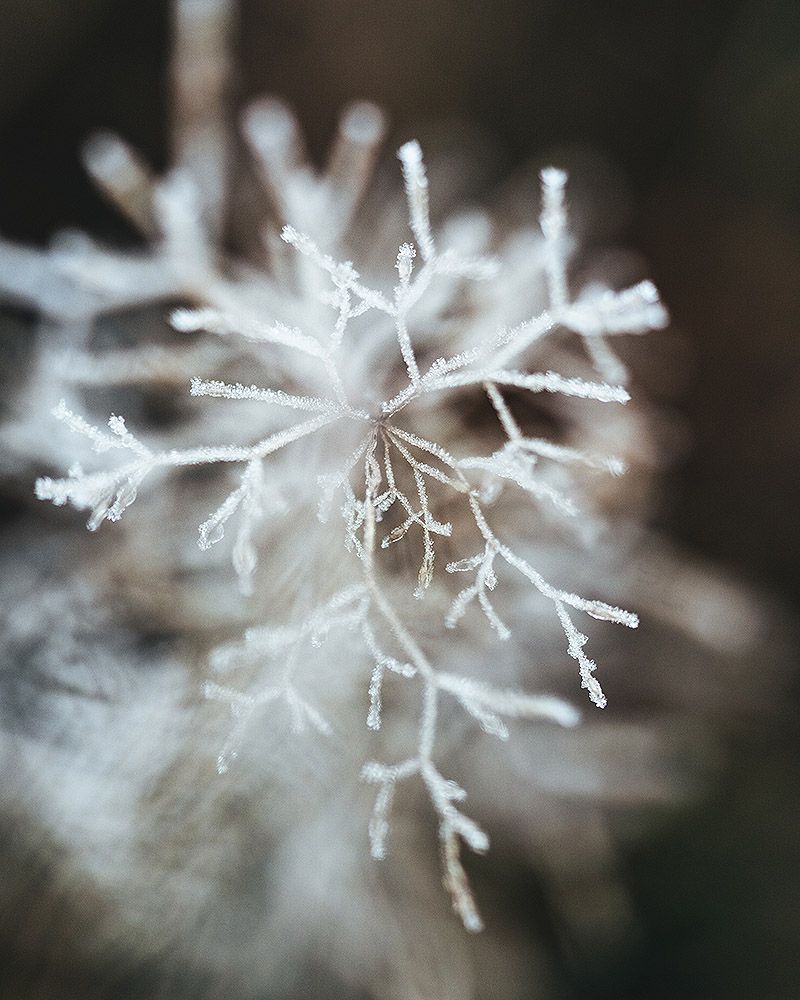
Photo. Pawel Olszowka / We Roam Poland
If we did not feed the animals in winter, would they survive?
From my childhood I remember such winters, when the snow cover was very thick, in addition, during the thaw the top layer melted, to then freeze again. Such a hard shell was then formed. When such a condition persisted for a long time, it happened that deer fell from hunger. And in those days feeding the animals made sense.
Whereas now, with such short snow periods and thin snow cover, the animals are unlikely to be in danger. Sometimes people feed animals to keep them in the woods. For example, bison feed quite intensively. One does this for two reasons. The bison’s need for food is really quite high, and if you didn’t feed it, it would be weaker – the question is whether this is a bad or good thing, but that’s another matter. The second issue was an attempt to avoid human-bison conflict. When a bison has something to eat in the forest, it doesn’t look for food near human settlements.

Photo. Pawel Magnus / We Roam Poland
So it is better to leave everything to nature?
We often look at nature in a somewhat idealized way, perhaps because we only allow idyllic images into our consciousness. We talk very often, me too, about getting back to nature. But what we really mean is to return to only one part of it, the ideal one. We completely fail to think about the fact that animals eat each other. We do not hear the animals biting, we do not see the predator tearing apart its prey. When thinking about nature, we do not think about blood, which, for example, was very visible in the polar regions. It was a big surprise to me and an important observation that just in Antarctica, one of the leading colors besides white and blue was red. Because the fact that there are far fewer animal species there than on the continent is one thing, the other is that you can just see them killing each other. The predator there, for example, is the penguin-hunting sea leopard, which slams its prey against the surface of the water until it separates the skin with feathers from the body.
In Polish forests, between dense vegetation, with so many animal species, this cruel part of nature is better hidden. We do not like this nature, our culture has hidden it. Meanwhile, this is the usual natural occurrence. The forest, like all of nature, is much more complicated than we think. It takes a lot of time and patience, and we can still be sure that in our lifetime we will only know the tip of the iceberg.
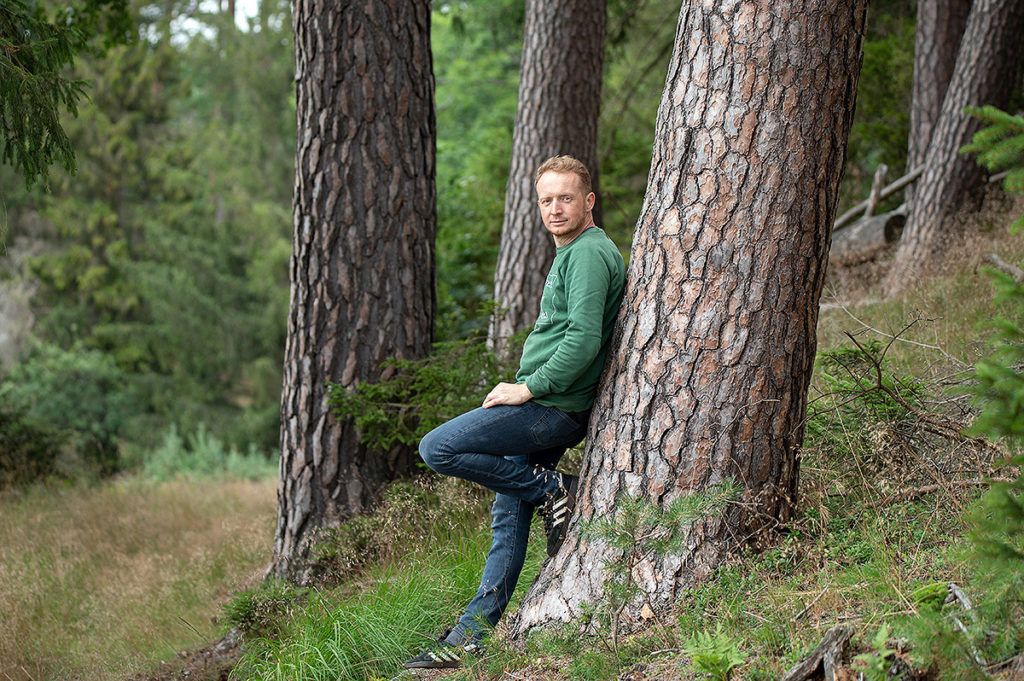 Piotr Horzela (photo. arch. P. Horzela)
Piotr Horzela (photo. arch. P. Horzela)
Piotr Horzela – traveler and naturalist. He grew up in a forester’s lodge in Pomerania, graduated with a degree in natural science in Warsaw, then traveled the world. For years, he has been talking about people, places and his adventures, creating a nature channel “Piotr Horzela tells” and a series of videos “About the forest”.
